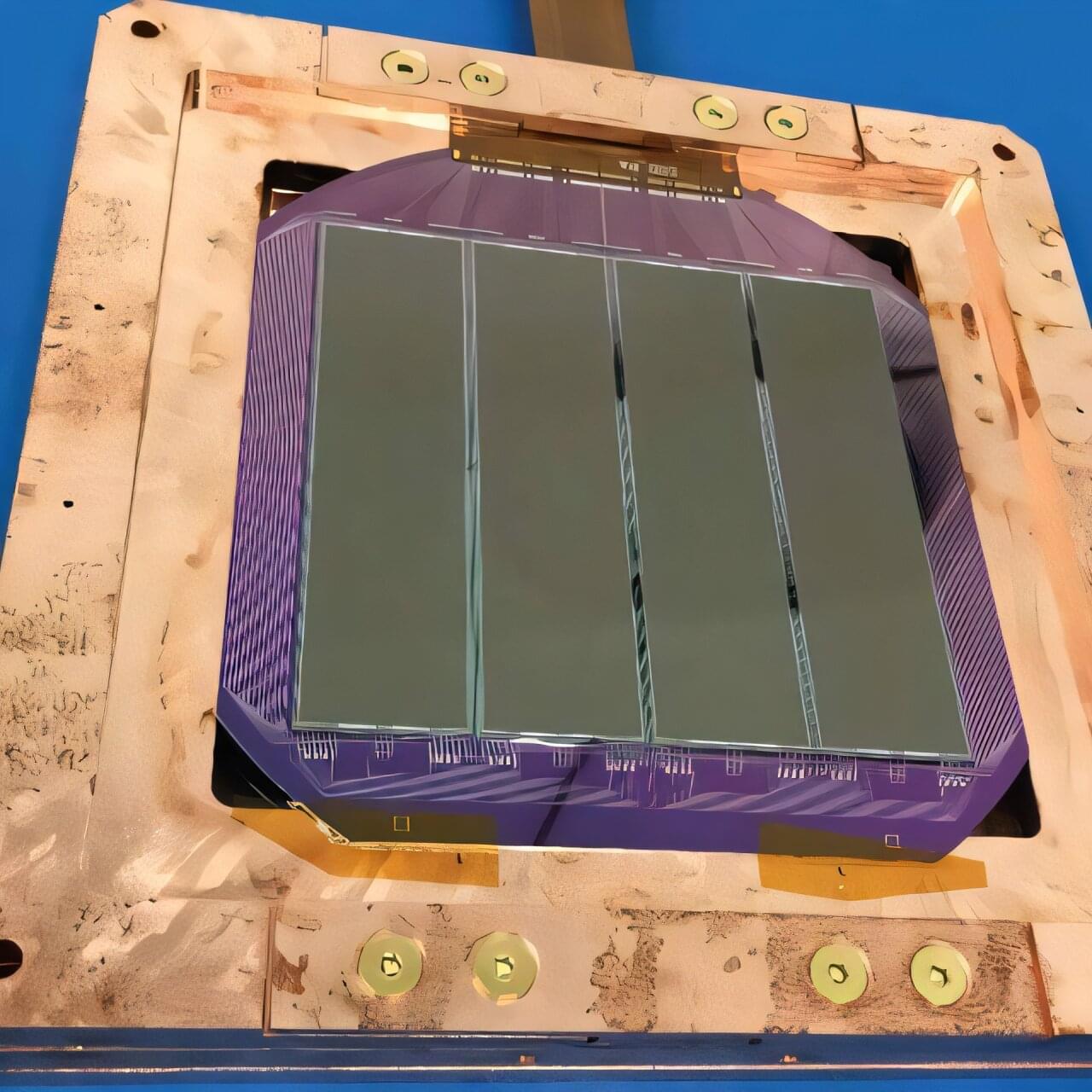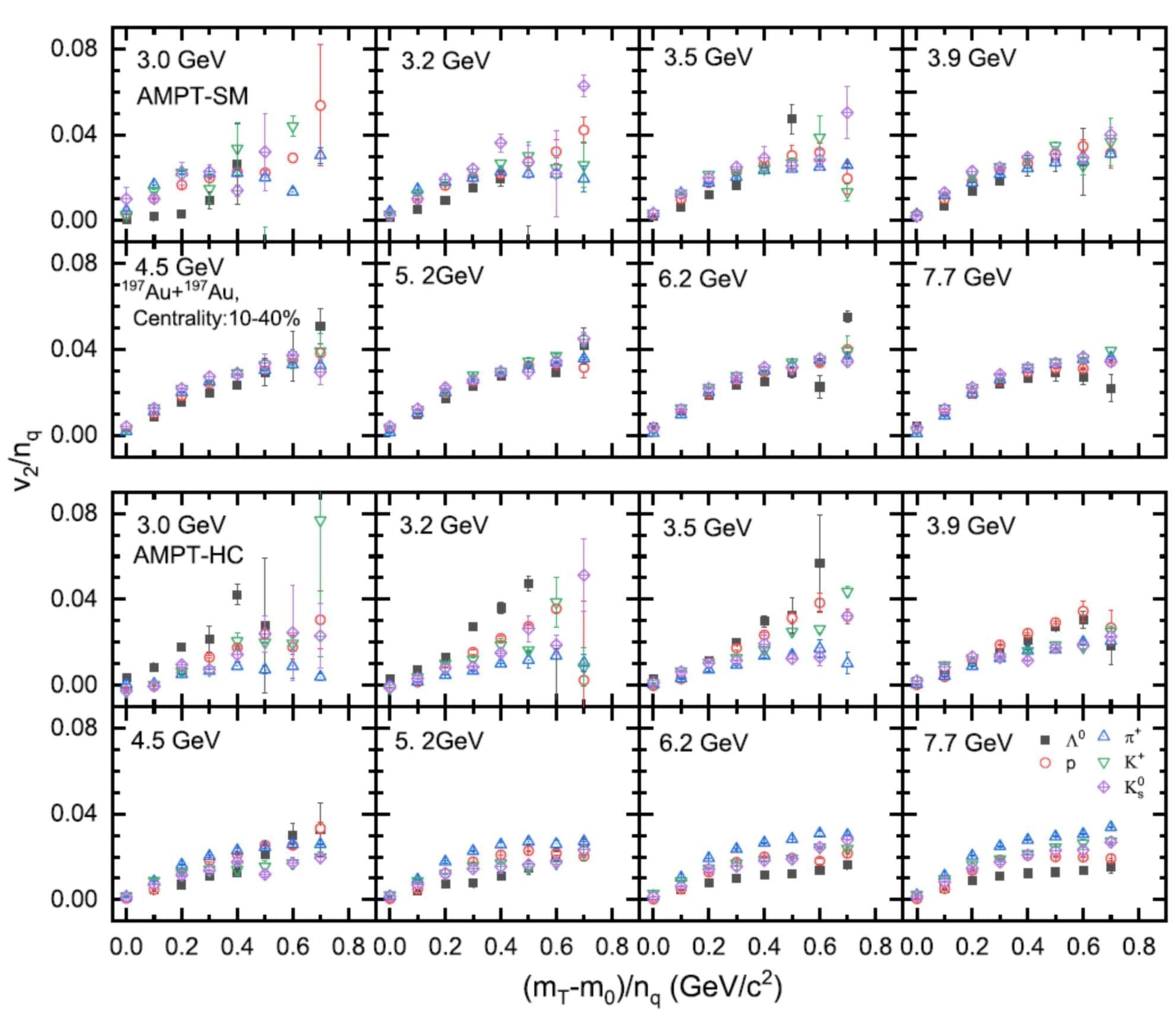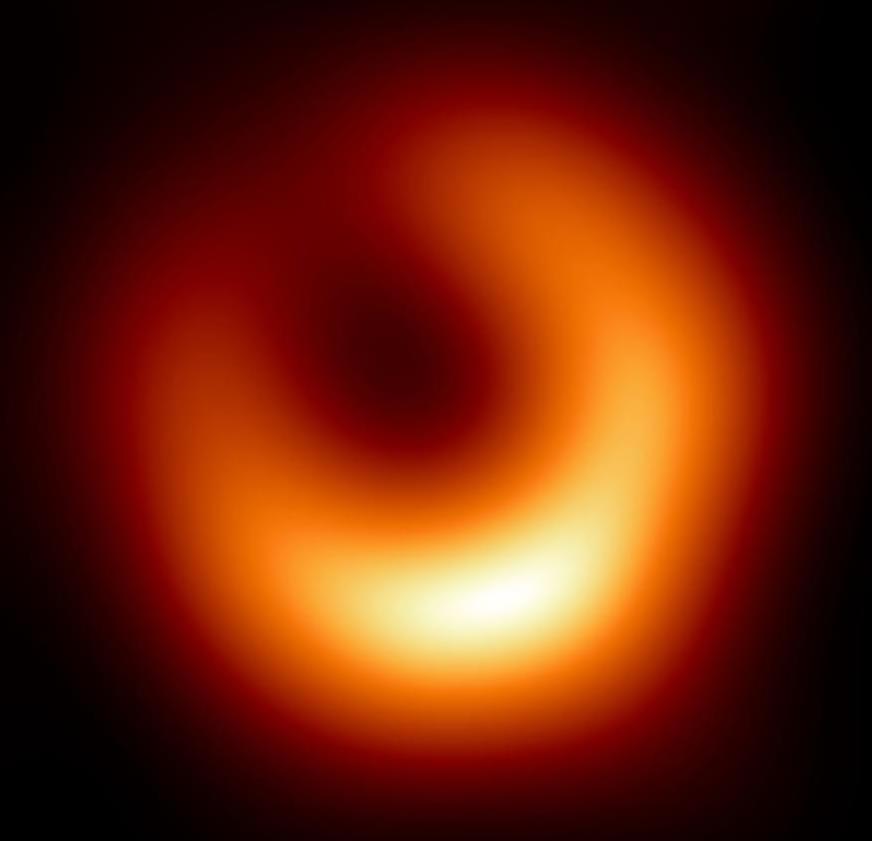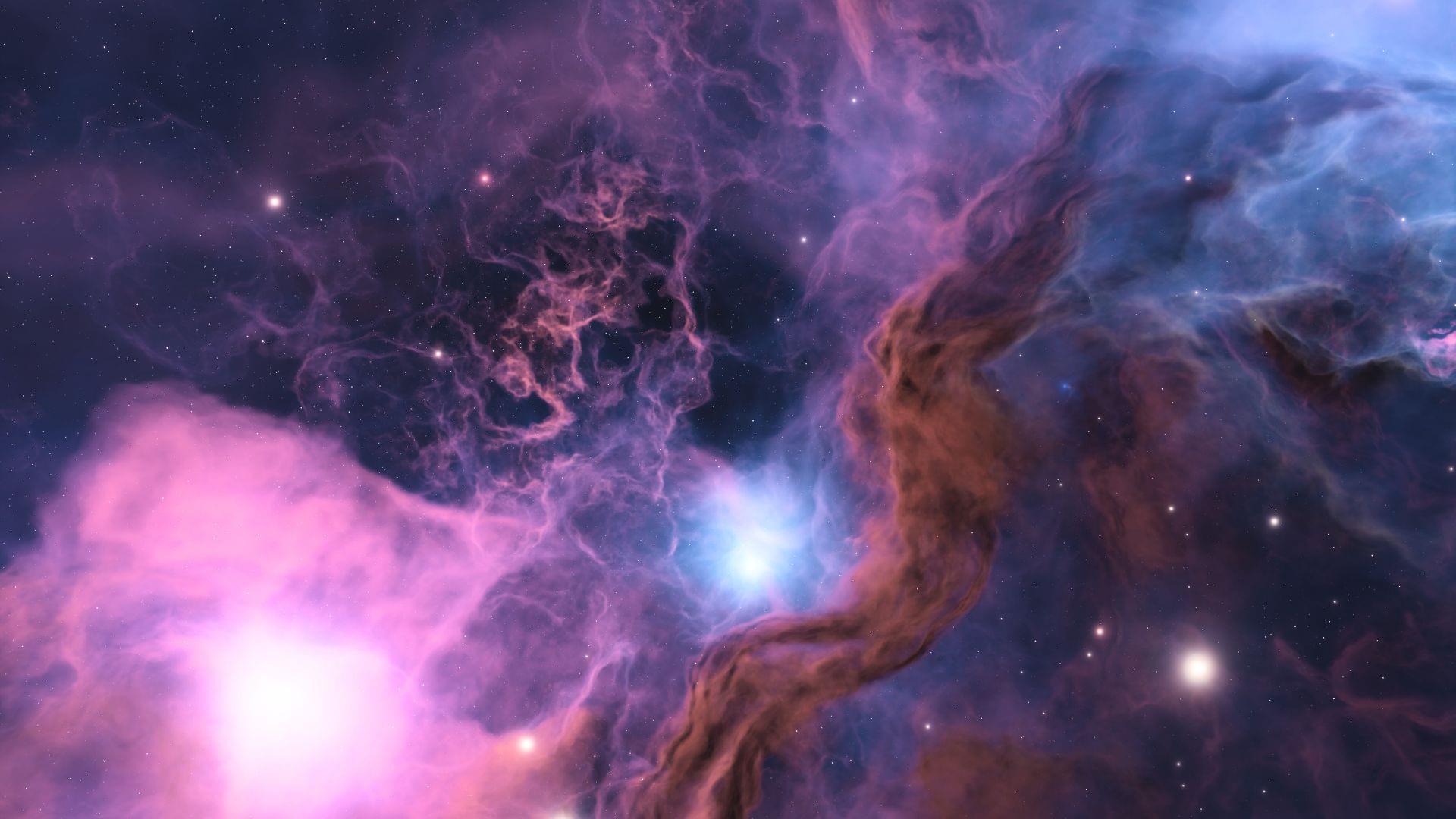Terra Quantum has published a groundbreaking advance in quantum error correction that redefines how we scale quantum computing. In the peer-reviewed paper “QMM-Enhanced Error Correction: Demonstrating Reversible Imprinting and Retrieval for Robust Quantum Computation”, Terra Quantum scientists present QMM-Enhanced Error Correction, a hardware-validated, measurement-free method for suppressing quantum errors, based on principles derived initially from quantum gravity.
At the heart of this innovation is the Quantum Memory Matrix (QMM), a cosmology-inspired concept that models space-time as a lattice of finite-dimensional memory cells. Terra Quantum has now translated this deep theoretical idea into a functional quantum circuit. Validated on IBM’s superconducting processors, the QMM layer functions as a lightweight, unitary “booster” that enhances fidelity without mid-circuit measurements or added two-qubit gates, offering a powerful alternative to traditional surface codes.
“We have taken a concept rooted in quantum gravity and made it plug-and-play for today’s quantum processors,” said Florian Neukart, Chief Product Officer at Terra Quantum. “QMM-enhanced error correction works out of the box on existing hardware, requires no architectural changes, and delivers measurable gains. For industries building quantum solutions now, not in 10 years. This is a game-changer.
Terra Quantum has introduced QMM-Enhanced Error Correction, a hardware-validated, measurement-free method that suppresses quantum errors.






